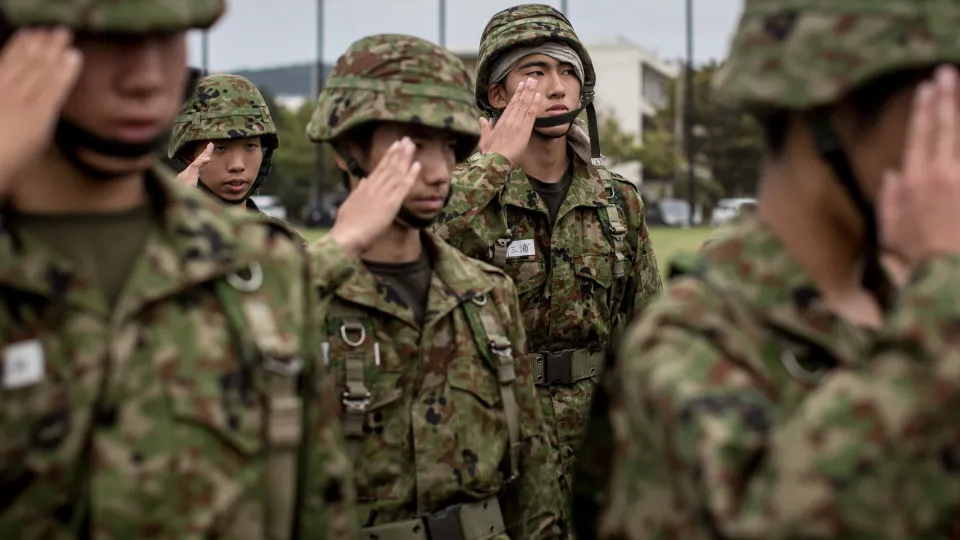It's said that the Romans first devised a hand gesture that served as a sign of formal respect for a military officer. In the Middle Ages, this signal was adapted to help differentiate between friend and foe. By the 18th century, members of the armed forces in Europe and North America were using the salute as a display of deference in all military situations.
In the military, the subordinate always salutes first to someone of higher rank. But the way a salute is delivered depends on which branch of the armed forces a person is serving in, and the country they represent. And there are many different occasions when such a gesture is deemed necessary.
So, what are the various methods used to perform military salutes, and who else besides armed forces personnel are afforded the privilege?
Click through the following gallery and learn more about the history of the military salute.



